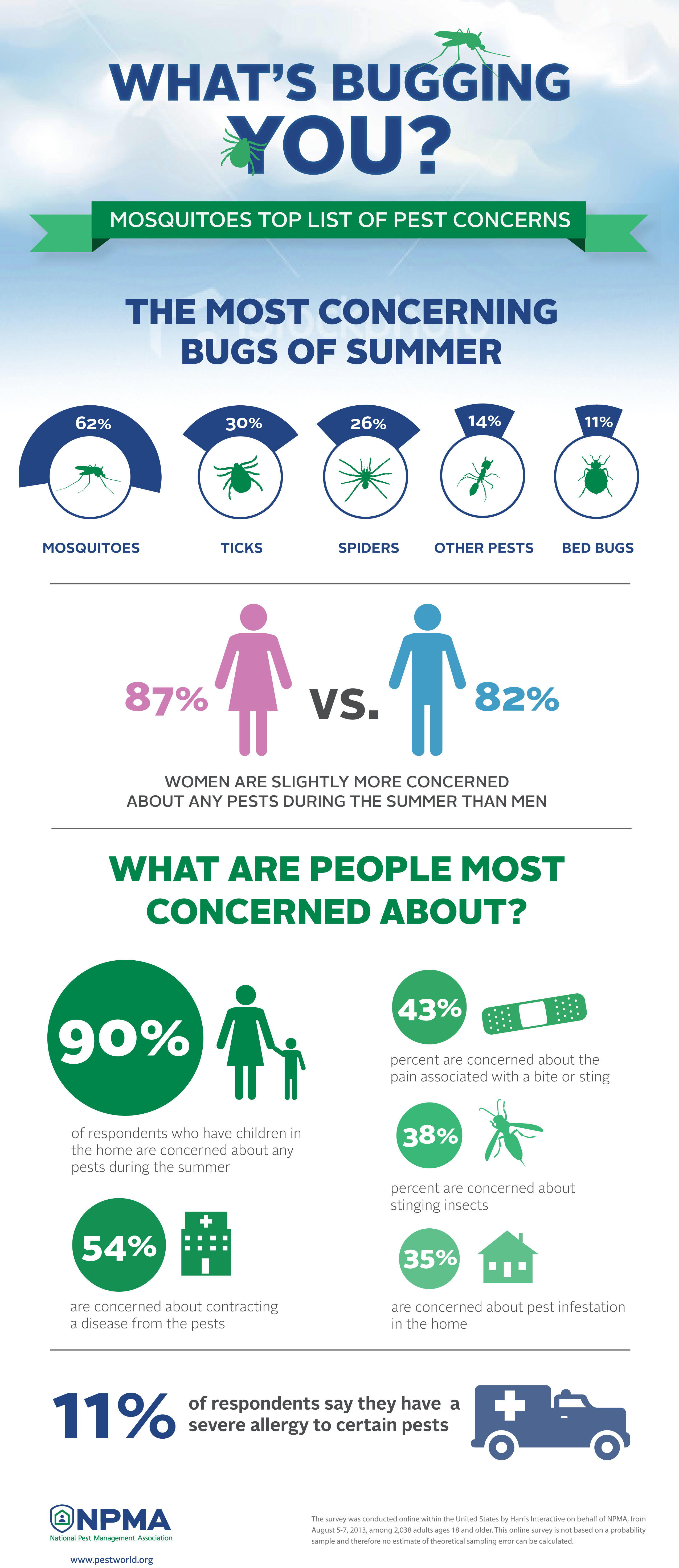Protecting Your Outdoor Sanctuary: Reliable Approaches For Keeping Rats At Bay
Protecting Your Outdoor Sanctuary: Reliable Approaches For Keeping Rats At Bay
Blog Article
Published By-Kenney Mullen
Did you understand that rats can squeeze through openings as small as a quarter? Imagine the ramifications for your outdoor room. From munching on plants to nesting in comfortable corners, these insects can create chaos if given the opportunity. However concern not, there are functional techniques you can employ to maintain your backyard rodent-free. By taking basic actions to seal entrance factors and maintain a neat environment, you can produce a fortress versus undesirable fuzzy visitors. So, are you all set to secure your outside haven from these pesky trespassers?
Identify Entrance Things
To properly rodent-proof your outside area, begin by identifying potential entrance points. Evaluate your backyard for any spaces or openings that rodents can utilize to gain access. Inspect areas such as spaces under doors, holes in the walls, or openings around energy infiltrations. Remember that mice can press through holes as tiny as a dollar, so be thorough in your examination.
Concentrate on areas where utilities enter your home, such as where pipelines, wires, or cords enter the structure. Seal any type of spaces around these access points with products like steel wool or caulk. Furthermore, check for any cracks in the structure or gaps in the siding that could function as entry points for rodents.
Pay very close attention to locations where greenery fulfills your home, as disordered plants can give concealing areas and very easy gain access to for rats. Trim any looming branches or bushes that could be utilized as bridges to your home. By recognizing and sealing these access points, you can significantly minimize the possibilities of rats attacking your exterior room.
Implement Exemption Steps
Examining and sealing entry points is the very first step in rodent-proofing your outdoor space; currently you'll do something about it by executing exclusion procedures.
Start by setting up door sweeps on all external doors to prevent rodents from squeezing via spaces. Seal fractures and gaps with weather-resistant sealant, focusing on areas where energy pipelines enter your home.
Usage cable mesh to cover vents and smokeshafts, ensuring they're firmly attached. Trim tree branches and plants far from your home to get rid of possible bridges for rats to access your roof.
Additionally, think about setting up steel flashing around the base of your home to stop burrowing. best moth killer at least 18 inches off the ground and far from your house.
Maintain waste in tightly sealed containers, and quickly tidy up any kind of spilled birdseed or pet dog food. By carrying out these exclusion measures, you can significantly lower the likelihood of rats attacking your outdoor space.
Maintain Sanitation and Trimmed Landscape Design
Ensure your exterior area stays clean and your landscape design is regularly cut to hinder rats from locating harborage or food resources. Maintaining https://sponsored.free-times.com/natural-roots/natural-roots-pest-control-offers-an-eco-friendly-way-to-pest-control-services/ is essential to reducing attractions for rodents. Get rid of any kind of debris, mess, or extra products that might serve as concealing places for these bugs. Rats are attracted to areas with simple accessibility to food and sanctuary, so by keeping sanitation, you make your property much less enticing to them.
Frequently cutting your landscaping is likewise important in rodent-proofing your outside space. Overgrown plant life gives rodents with ample hiding spots and potential nesting sites. By maintaining your turf trimmed, shrubs trimmed, and trees pruned, you remove prospective habitats for rats. In addition, cut landscape design makes it harder for rodents to access your home as they choose areas with adequate protection for security.
Final thought
To conclude, by putting in the time to rodent-proof your outdoor room, you can ensure a pest-free lawn for several years to come. Keep in mind to frequently check for entry factors, apply exclusion actions, and maintain your lawn tidy and properly maintained.
With these easy approaches in place, you can enjoy a tranquil and rodent-free exterior atmosphere. So, do not delay - begin rodent-proofing today and say goodbye to undesirable pests in your lawn!
